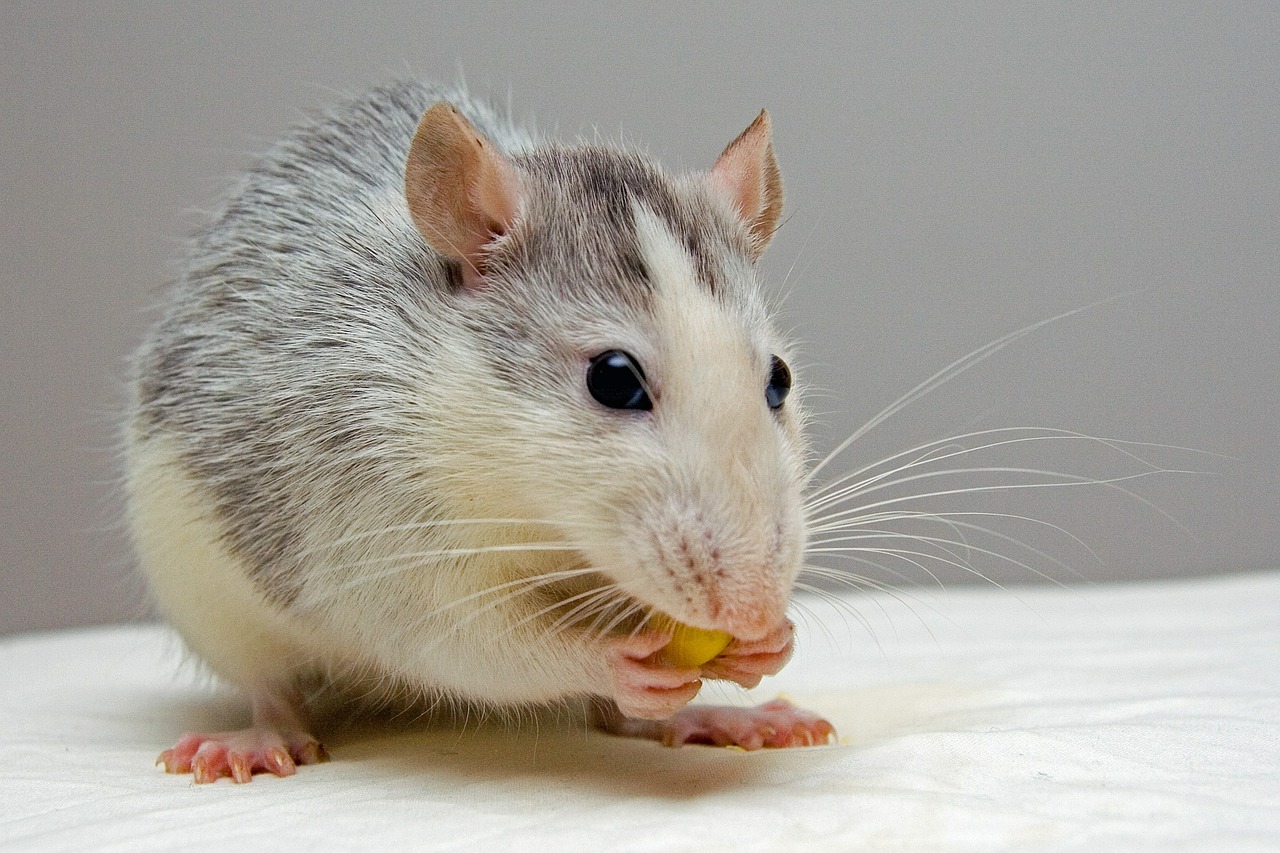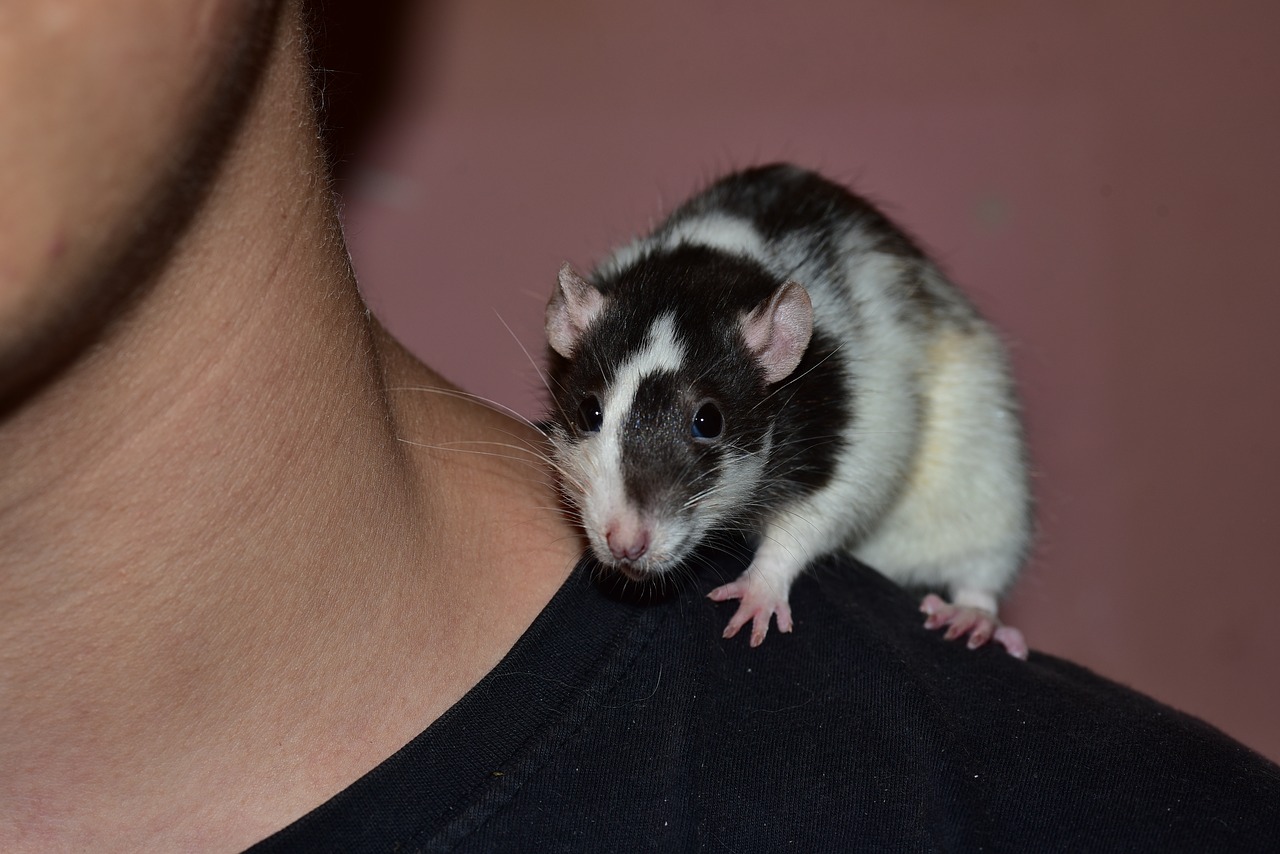Rat Pest Control: All You Need to Know About Rats
We understand how distressing and troubling it is to suddenly find a cheeky rodent hiding either underneath your floorboards in your home or the garden, with their capability to nibble through all your wires or food. Whether the pesky things are infesting your home or business, it may sometimes be best to deal with them yourself.
How to get rid of rats
Some quick ways you can do this is by using traps to catch them or by using poison to kill them but of course there are many better, more natural and humane alternative techniques you can use. These include prevention first and foremost, such as properly assessing and sealing small holes and openings where the rats may be entering and taking shelter in your home or property.
When it comes to getting rid of rats you can buy some humane traps online for one or two rats, but for any more than that, it’s most efficient to bring the experts such as ourselves in to take care of the pests. We deal with rat pests on a day-to-day basis and are offer rodent control in Milton Keynes and surrounding areas if you can’t be sure that you have cleared the infestation.
What do rats eat?
Rats often eat what they come across and exploiting any immediate opportunities, the accessibility of foods is what will drive a rodent’s habits. Human surroundings provide wild rats with a richness of tasty resources to choose from, the resources where rats can often find food include the following:
- Garbage bins
- Dumpsters
- General litter such as open containers of food that gets left on the floor
- Rats will even cannibalize their own dead
A specific rat species will have an appetite for certain foods. Norway rats (Brown rats) often prefer foods that have a large amount of protein such as meat, fish or pet food that is found when these rats scavenge people’s gardens and help themselves to a pet food bowl. However, they are omnivorous (feeding on a variety of both plant and animal food), as they love to eat cereal too. Roof rats (Black rats) on the other hand usually prefer moist fruits, which is why they often are referred to as fruit rats.
What to feed your pet rats
Whilst rats can be a pest, many also keep them as pets! So as long as you’re not befriending wild rats (which can carry diseases and pose a health risk), here is some helpful information about keeping rats. Below is a full list of foods that your pet rats can eat:
- Fruits: apples, grapes, strawberries, cherries, melons, plums, other berries
- Vegetables: broccoli, bok choy, carrot, potatoes, squash, kale, parsley, peas, cooked sweet potato
- Mealworms
- Cooked meats on the condition that it is low in fat
- Brown rice
- Whole wheat pasta and bread
- Yogurt
- Unsweetened breakfast cereals
- Small dog biscuits
- Special treats (on a rare and special occasion): nuts such as walnuts, Brazil nuts, almonds, as well as carob chips (these are generally chocolate chips with less fat) and sunflower seeds (high fat making them delicious for rats!)
Now, below is the list of foods that you should/cannot feed your pet rat:
- Sweet, sugary treats and any human “junk food”
- Raw beans
- Poppy seeds
- Chocolate
- Wild insects (this is because they may be comprised of parasites and pesticides)
- Green bananas
- Cabbage and brussel sprouts
- Raw sweet potato
- Green potatoes
- Carbonated Drinks
- Caffeinated beverages
- Do need feed any foods that contain d-limonene in it to male rats, these include (lemon and orange peels and juice, mango, nutmeg and black pepper).
How long do rats live?
Before we give the solution to this answer, it’s vital to understand that there’s a difference between wild rats found in the sewers compared to pet rats (also known as Fancy or domesticated rats), found at your local pet store.
There is a significant amount of differentiating factors and characteristics that changes how long the lifespan is for a wild rat compared to a pet rat. Since life for a wild rat is so harsh, their average lifespan lasts typically for 1-2 years.
This lifespan is short for a few reasons, one being the fact that rats are delicious prey for their natural predators for example owls, foxes, hawks and coyotes. Not to mention how dangerous it is for wild rats if they live around busy areas with a copious amount of traffic and people. On top of this, wild rats are prone to a substantial mixture of different diseases.
This explains why wild rats often conquer our homes and become a huge nuisance for us, this is because the typical home is a perfect place for a wild rat as they are on an endless mission to find food, water and shelter when they are outdoors. In addition to this, our home makes for the flawless fortification against predators, it’s almost like heaven for rats as it is also warm, cosy place to nest with an expansive water and food source.
As for pet rats, they will understandably have a greater lifespan than a wild rat, usually ranging from 2-3 years but sometimes longer like 4 years. This is due to the constant care and love received by their owners in terms of food, water, shelter and medical care.
Although this lifespan is quite a brief period, there is a Guinness Book of World Record set for the oldest documented rat. This domesticated rat called Rodney, who lived from January 1983 to May 25, 1990; he was 7 years and 4 months old when he died. It is unknown as to how Rodney could have this huge lifespan.
Can rats climb walls?
Rats tails give them a great sense of balance, which can make them outstanding climbers but can find it to be a challenge to scale normal and smooth walls. However if the surface the rat is climbing has a rough texture, for example, a tree bark, brick wall, or even fences, a little, determined rat should be able to climb it. Typically, if the vertical surface allows for the rat to jab it’s little claws into, they will climb it.
If you catch your rat climbing up your walls at home, you should probably make sure it has a soft landing as it’s likely to fall back down! Take a peek at this video which shows a rat climbing who ended up needing some handy help:
Other quirky, fun facts about rats
What follows are some more facts that you may have not known about rats:
- The scientific name for a rat is “Rattus genus”.
- Rats first originated in Asia, but this has stretched out worldwide.
- A group of rats is known as a mischief.
- When it comes to keeping them as pets, rats are super affectionate! When they are happy or playing, they’ll make this sort of cheerful sound that is parallel to laughter.
- Rats don’t have the perfect eyesight, therefore they rely on their whiskers to interpret their surroundings.
- Rats have strong teeth, allowing them to chew through cinder block, wire, lead, glass and aluminium.
- An average rat litter is 12 but there is a potential chance it can go up to 20.
- Rats can outlast camels when it comes to the most time without any water.
As mentioned before, in most scenarios, it’s more efficient to bring the experts in to take care of pests such as rats. We at Axatax deal with rat pests on a day-to-day basis and are always on hand to help with our service for rodent control in Milton Keynes, Newport Pagnell and other nearby areas.
We hope you learnt some valuable new facts about rats – let us know via our Twitter, Facebook or get in touch on what you’d like to learn more about, or what you found most interesting!






